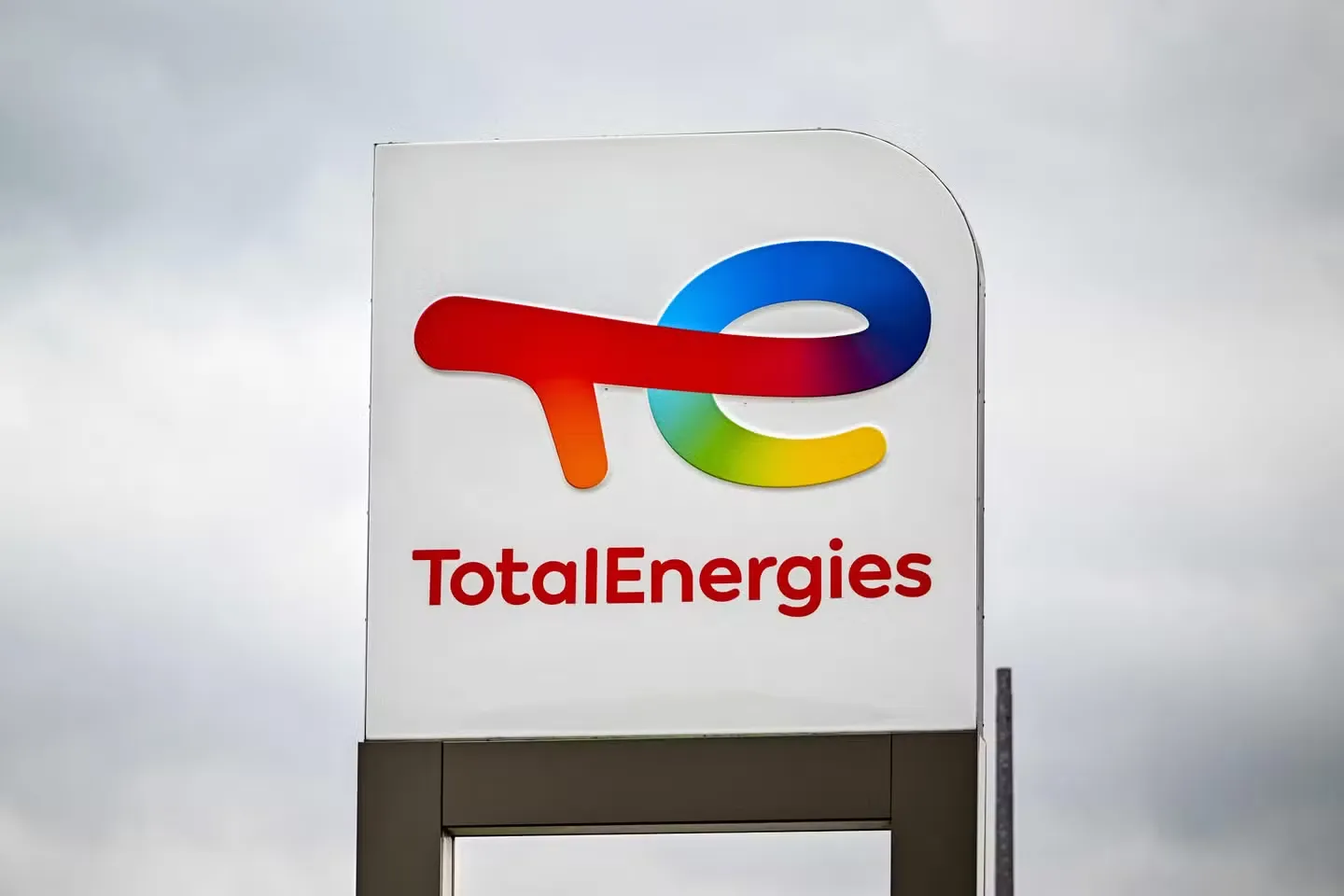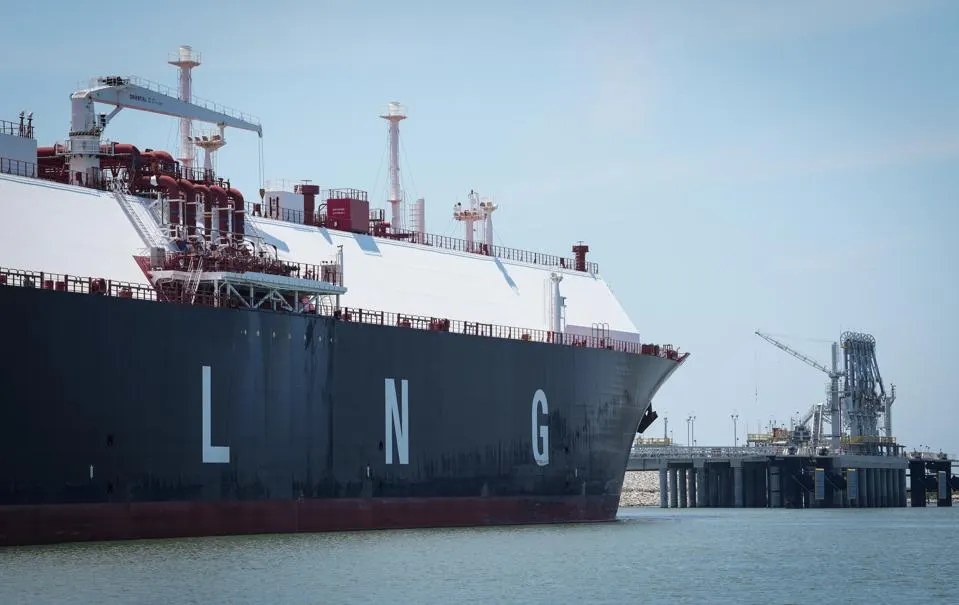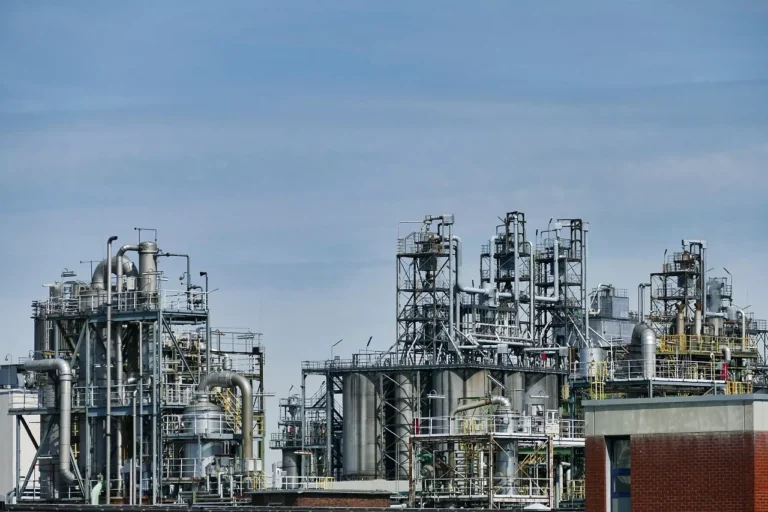
TotalEnergies Signs Long-Term LNG Supply Deal and Takes Strategic Stake in Canadian Ksi Lisims Project
TotalEnergies, one of the world’s leading integrated energy companies, has announced the signing of a landmark Sales and Purchase Agreement (SPA) with Ksi Lisims LNG for the acquisition of liquefied natural gas (LNG). Under the terms of the agreement, TotalEnergies will purchase 2 million tons per annum (Mtpa) of LNG for a period of 20 years from the Ksi Lisims LNG project, a proposed liquefaction facility located on Canada’s Pacific coast in British Columbia. The agreement is contingent on the successful final investment decision (FID) of the project, which is expected to proceed in the near future.
In a parallel move that further cements its commitment to the project and the future of LNG in North America, TotalEnergies has acquired a 5% equity interest in Western LNG, the company responsible for developing and operating the Ksi Lisims LNG facility. This investment gives TotalEnergies a foothold in one of the most promising new LNG ventures in the Western Hemisphere, with provisions allowing the French energy major to increase its stake in Western LNG and/or directly acquire up to a 10% stake in the Ksi Lisims LNG plant, pending the final investment decision.
Strategic Access to Asian Markets from Canada’s Pacific Coast
The Ksi Lisims LNG project is designed to be a large-scale, environmentally conscious liquefaction facility with a planned annual output capacity of 12 Mtpa. Strategically located on the Pacific coastline, the site provides direct maritime access to some of the world’s fastest-growing LNG markets in Asia. This geographical advantage enables significantly shorter shipping routes compared to other global LNG sources, especially those based in the Middle East or the U.S. Gulf Coast, allowing for reduced transport costs and lower associated emissions.
The project is not only notable for its scale and location but also for its environmental attributes. It will be fully electrified and powered by renewable hydroelectric energy, enabling it to operate with a remarkably low carbon footprint. Upon commissioning, Ksi Lisims LNG is expected to rank among the lowest carbon-intensity LNG facilities globally—an important distinction as the industry faces increasing regulatory and market pressure to decarbonize.
Diversification and Strengthening of TotalEnergies’ LNG Portfolio
This transaction is a significant milestone for TotalEnergies’ global LNG strategy. With this agreement, the company secures a long-term supply source of low-emission LNG from a stable, resource-rich region. It also further diversifies TotalEnergies’ portfolio of LNG assets in North America, adding to its existing supply from the United States.
“This purchase of LNG from the future Ksi Lisims LNG plant will allow us to diversify our LNG portfolio in North America and benefit from competitive LNG supply in Western Canada to better serve our Asian customers, with whom we are developing a significant portfolio of long-term supply contracts,” said Stéphane Michel, President of Gas, Renewables & Power at TotalEnergies. “As part of our integrated strategy, we are also pleased to partner with Western LNG to support the development of this very low CO2 emission liquefaction plant project.”
Michel’s remarks highlight TotalEnergies’ focus on expanding its LNG reach while remaining aligned with its environmental commitments. As markets increasingly emphasize the need for responsible energy development, projects like Ksi Lisims are seen as examples of how infrastructure investment and climate goals can go hand in hand.
Western LNG: Developer and Operator with Indigenous Partnerships

Western LNG, the developer behind the Ksi Lisims project, has taken a unique and progressive approach by working closely with Indigenous communities in British Columbia. The facility is a partnership with the Nisga’a Nation, one of Canada’s recognized Indigenous governments, as well as other local stakeholders. The project is designed not only to generate long-term economic returns but also to respect and support the rights, aspirations, and sustainability goals of local populations.
This collaboration represents a shift toward more inclusive and socially responsible infrastructure development in the natural resources sector. By integrating Indigenous leadership into the project’s governance and benefit-sharing frameworks, Ksi Lisims LNG has gained critical social license and support that can expedite permitting, construction, and long-term operations.
The Future of Canadian LNG: Environmental and Economic Opportunities
Canada has long been considered an untapped powerhouse in the global LNG market. With vast natural gas reserves in Western Canada and access to clean hydroelectric energy, the country has the resources and infrastructure potential to become a major LNG exporter. However, development has been slow due to regulatory hurdles, infrastructure bottlenecks, and complex stakeholder dynamics.
The Ksi Lisims project, with its emphasis on environmental performance, Indigenous partnership, and market connectivity, could represent a breakthrough for Canadian LNG. It aligns with Canada’s climate objectives while tapping into a vital global market that increasingly values low-carbon energy solutions. The project’s full electrification and reliance on renewable energy sources differentiate it from many other LNG facilities that depend on fossil fuel combustion for power, making it an attractive proposition for environmentally conscious buyers.
TotalEnergies’ Broader LNG Strategy and Climate Commitments
TotalEnergies is currently the world’s third-largest LNG player and continues to expand its presence across the entire LNG value chain. In 2024, the company’s LNG portfolio is expected to reach approximately 40 Mtpa through ownership stakes in liquefaction plants across several continents. These include major assets in the United States, the Middle East, Africa, and Asia.
The company has strategically invested in regasification terminals, transportation infrastructure, LNG bunkering for maritime fuel, and trading operations, giving it a vertically integrated position from production to end-use. This structure enables TotalEnergies to manage supply, demand, and pricing dynamics effectively while ensuring security of supply for its customers.
TotalEnergies has also publicly committed to increasing the share of natural gas in its overall energy mix to nearly 50% by 2030. This shift is part of its broader goal to reduce greenhouse gas emissions while supporting global energy transition efforts. Unlike coal or oil, natural gas produces significantly lower CO2 emissions when burned for power or industrial processes, and LNG—particularly when sourced from low-carbon projects—can be a vital bridge fuel for economies seeking to reduce reliance on high-emission energy sources.
Additionally, TotalEnergies has made it a priority to reduce methane leaks across its gas value chain. Methane is a potent greenhouse gas, and its mitigation is a key factor in meeting international climate goals. The company has pledged to eliminate routine methane emissions and works with international partners to adopt best practices in detection, prevention, and reporting.
What the Agreement Means for Global LNG Markets
The long-term nature of the SPA—20 years—demonstrates the enduring role that LNG is expected to play in the global energy mix. While renewable energy deployment is growing rapidly, LNG remains critical for balancing energy systems, especially in regions where renewables are intermittent or infrastructure is underdeveloped.
Asia, in particular, continues to show strong demand growth for LNG, driven by rising industrialization, urbanization, and efforts to replace coal in power generation. By securing future supplies from Western Canada, TotalEnergies is positioning itself to meet that demand with low-carbon fuel while supporting Canada’s emergence as a global LNG exporter.
From a market perspective, this agreement also sends a signal to investors and governments that large-scale, environmentally responsible LNG projects are economically viable and can attract strong international partners. It could encourage further investment in Canadian LNG infrastructure and related upstream gas development, potentially leading to increased economic activity and job creation across British Columbia and Alberta.










